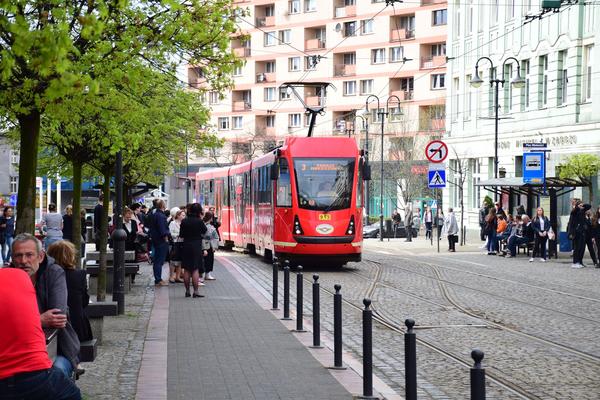Innovation Brief reveals effective and low-cost public transport improvements

Small- and medium-sized cities in Eastern and South-Eastern Europe often lack both the funding and political motivation to think ambitiously about public transport.
Unattractive and poor services, which are also caused by low operator expectations of fleets and service standards, mean that public transport is rarely associated with high quality. Sadly, this leads to fewer people using the services.
Whilst steps need to be taken to change this, insufficient financing often necessitates these measures being low-cost.
A recent Innovation Brief from CIVITAS PROSPERITY sets out how municipalities can improve the attractiveness and competitiveness of public transport with little financial outlay.
When renewing fleets, cities often procure second-hand vehicles. They should avoid discontinued models, alongside those where only a small number have been produced. Normally, this signifies inherent unreliability and makes it difficult to acquire replacement parts.
Reliable vehicles are not enough on their own, however; appearance and comfort are also crucial. The public transport operator's corporate branding should be consistently applied both inside and outside of vehicles, whilst plentiful seating and cleanliness should be ensured.
If done expertly, the result can be a recognisable and attractive fleet that becomes a flagship product for operators. This increases both trust in and improves the perception of public transport.
Beyond vehicles, information provision is also of vital importance. Easily understandable network maps, timetables, and real-time journey information should be displayed at stops and inside vehicles. Aside from this, information should also be available online and via mobile applications.
Being able to navigate the transport network without difficulty enhances the passenger experience, and in turn increases the likelihood of people using public transport.
The introduction of grass-covered tracks serves as a quick win for creating a desirable mobility environment. Generally speaking, it is also advised to situate public transport stops next to public spaces and in car-free zones.
Finally, applying measures such as those above (be they hard or soft) in line with SUMP principles helps ensure that they are integrated into wider transport urban development plans.
Read the Innovation Brief here. In addition, the final brochure from CIVITAS PROSPERITY is now available. Find more details here.
Authors: András Ekés and Balázs Kozák, Mobilissimus
Photo credit: András Ekés, Mobilissimus






